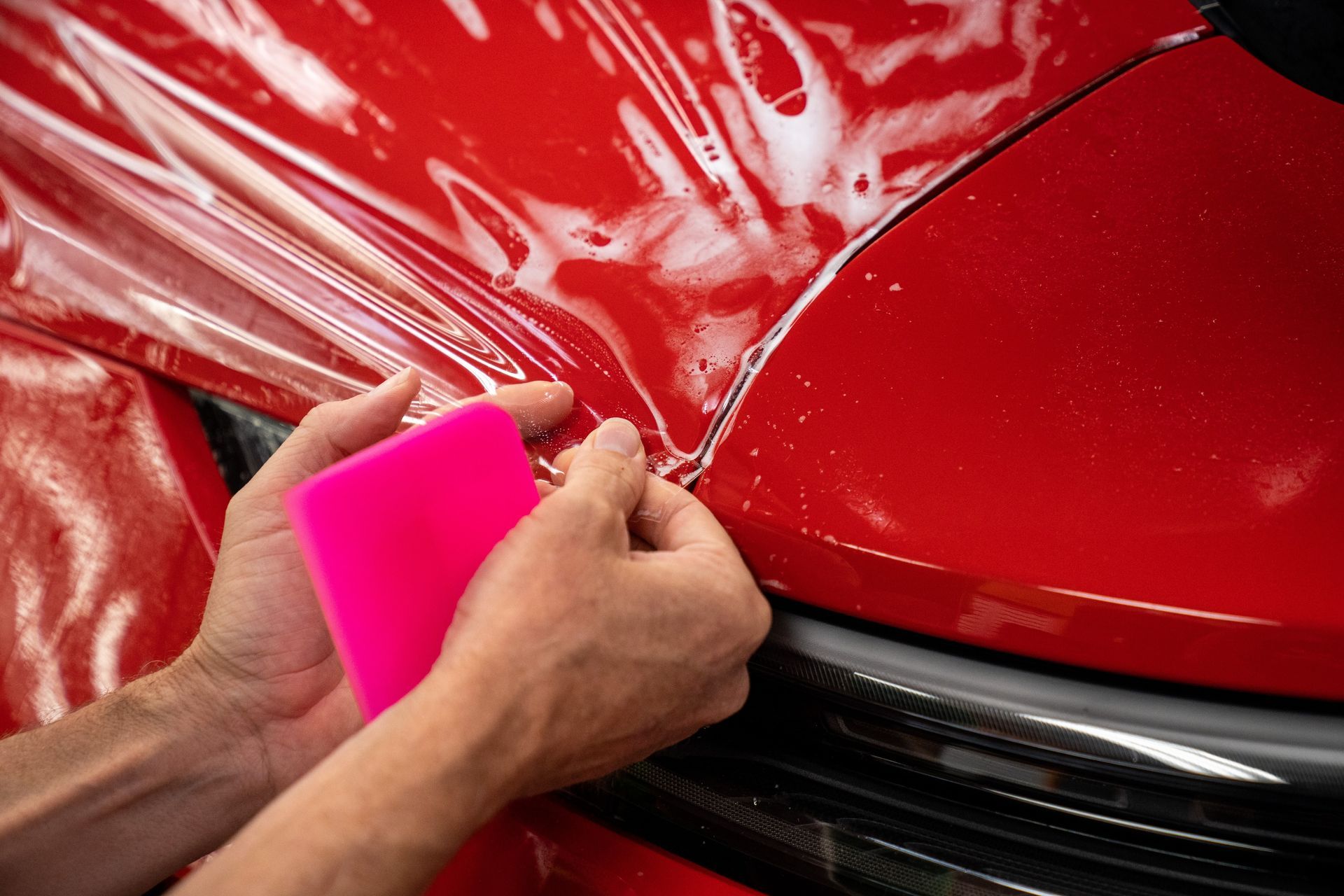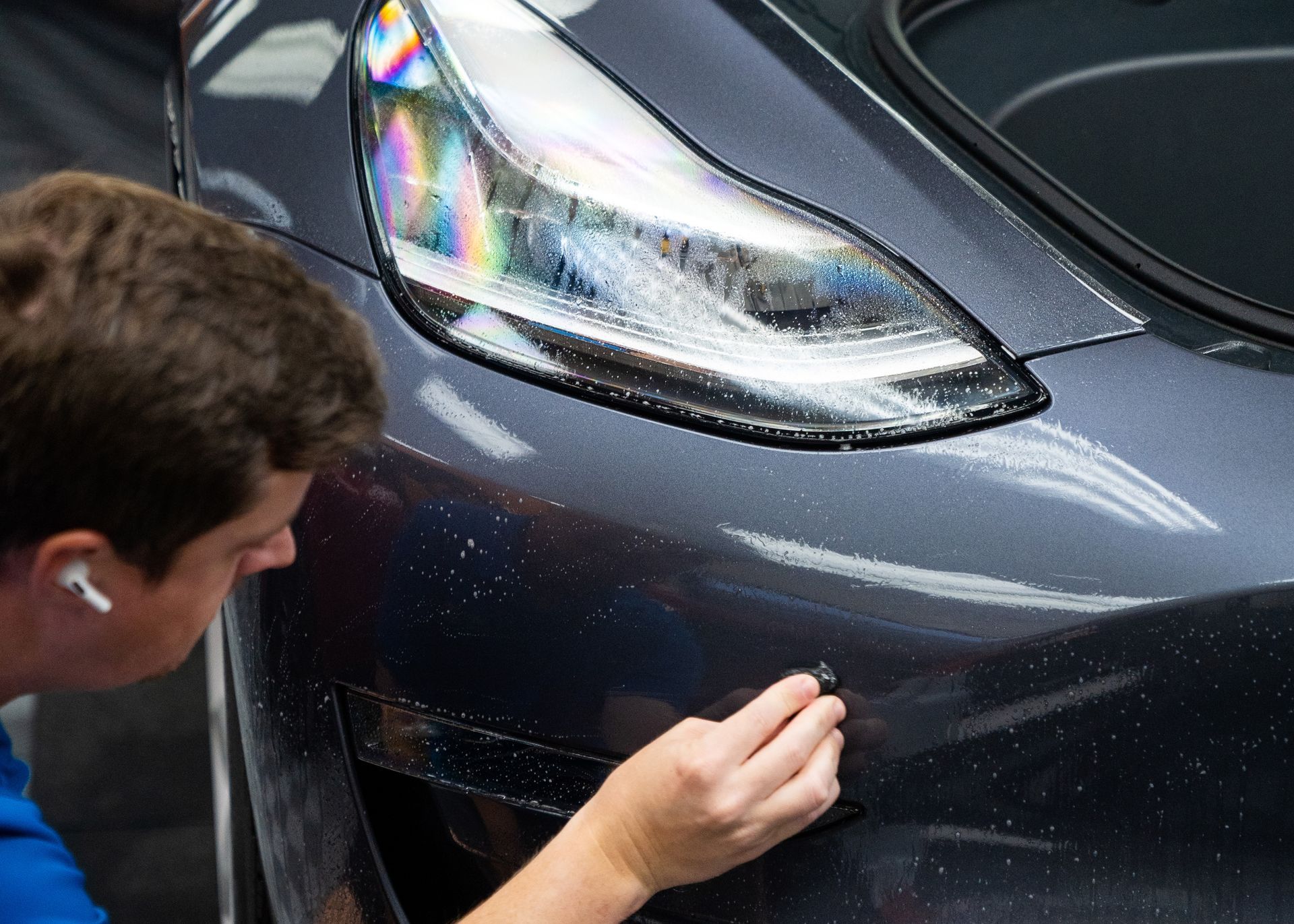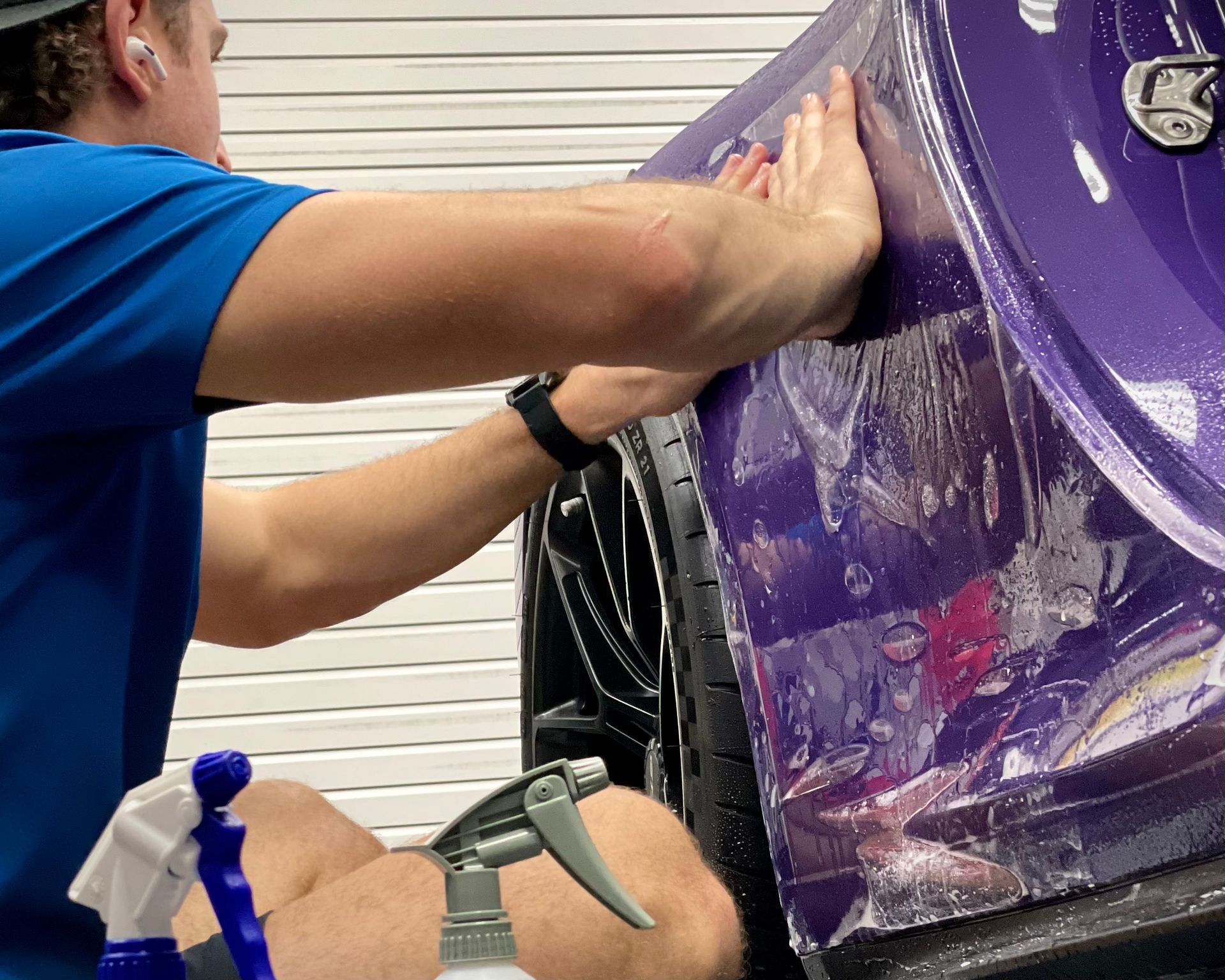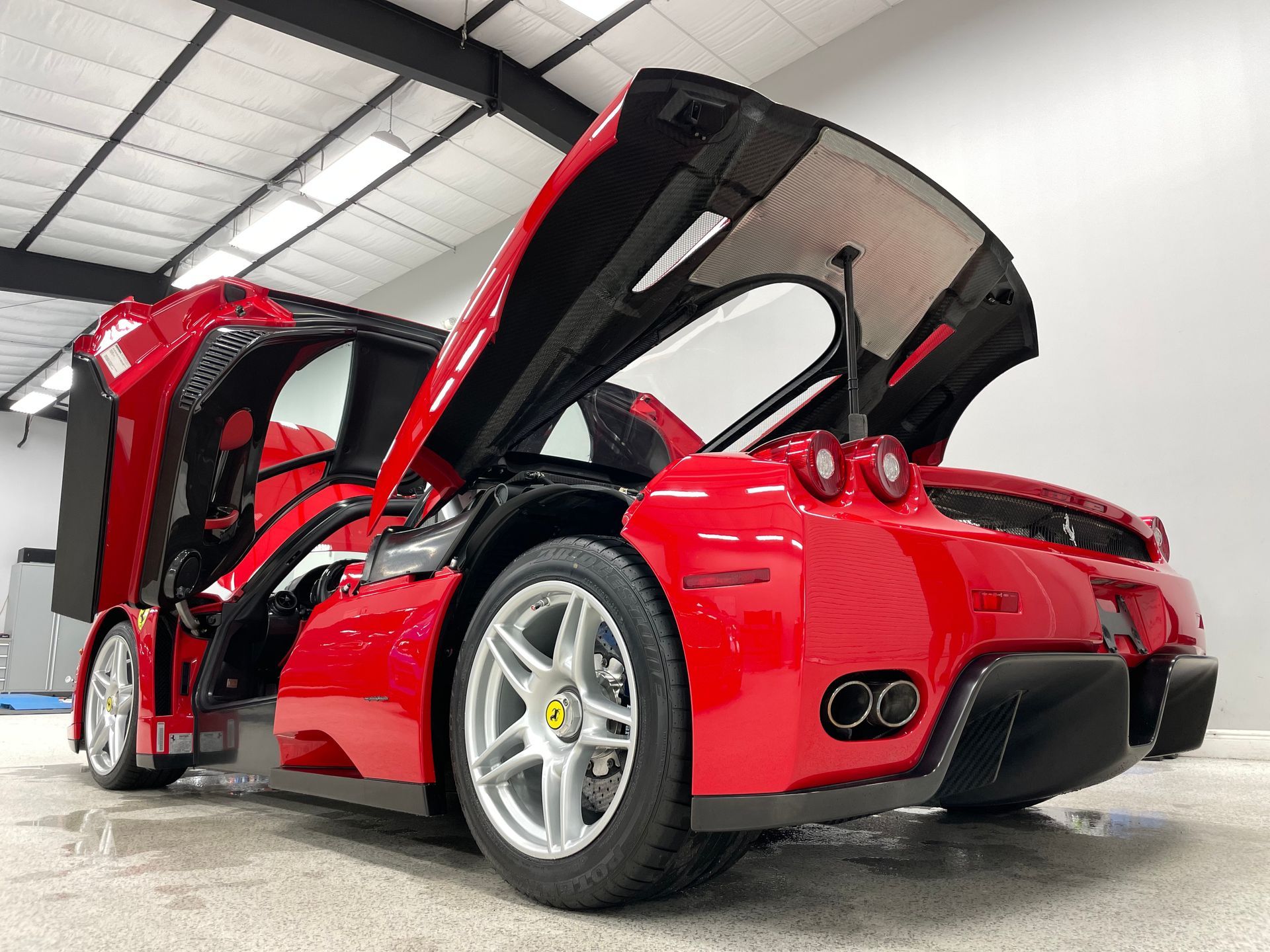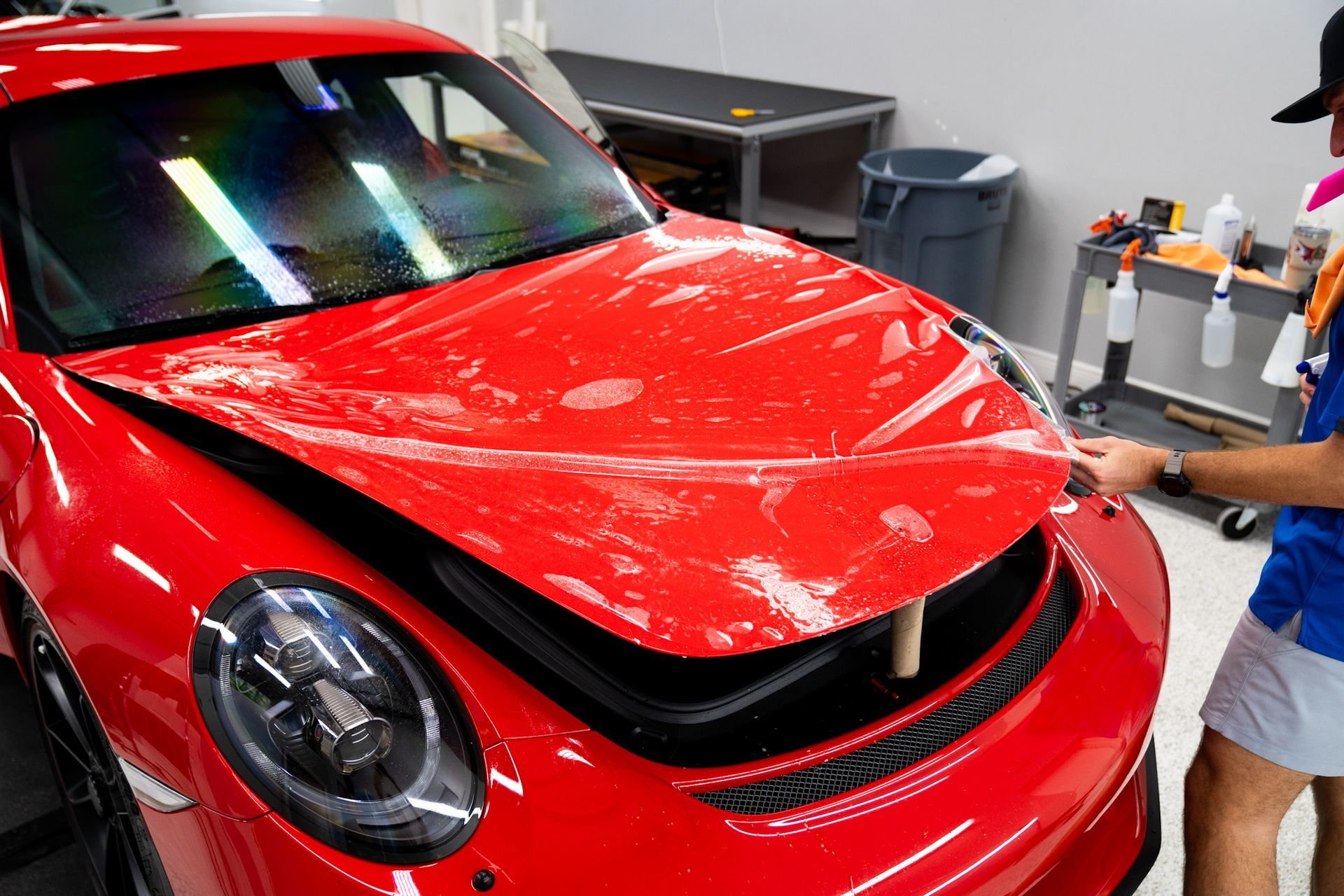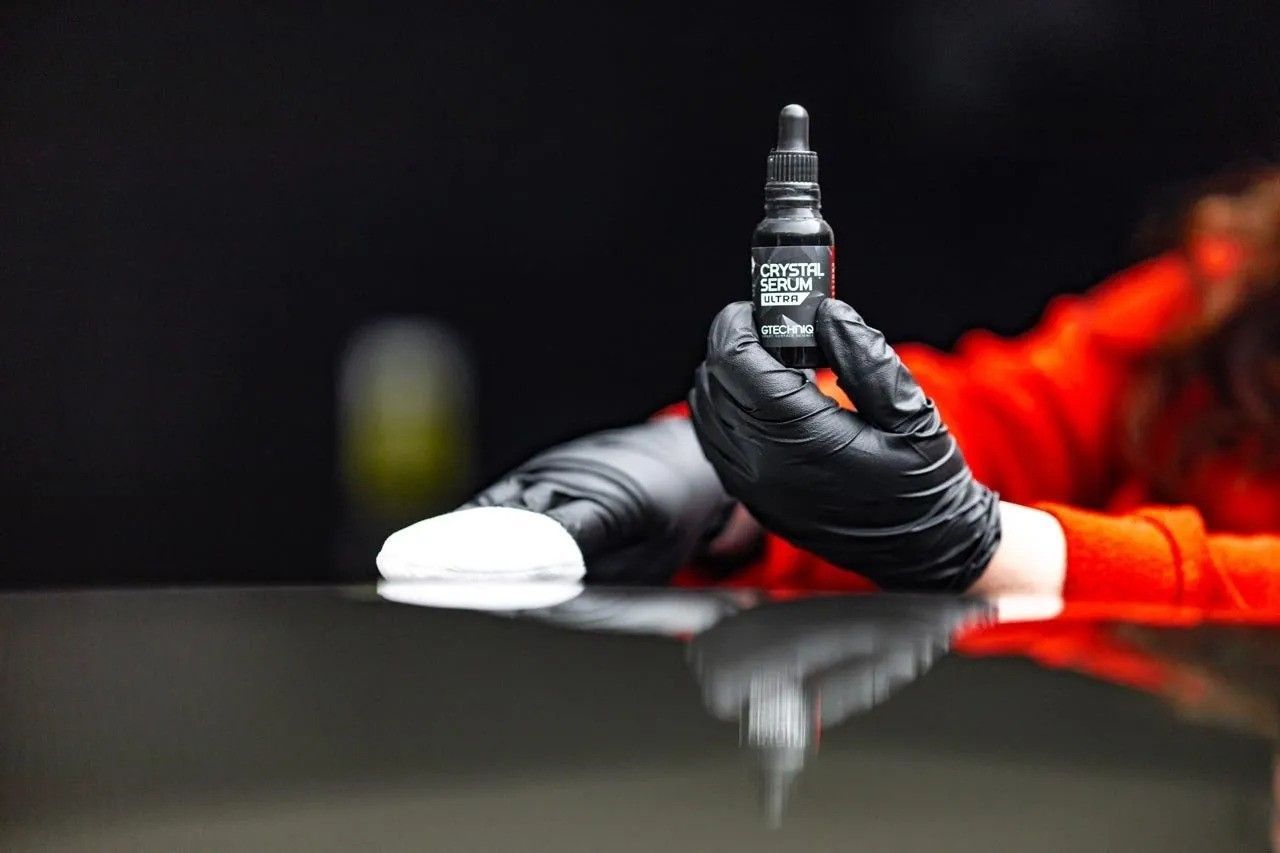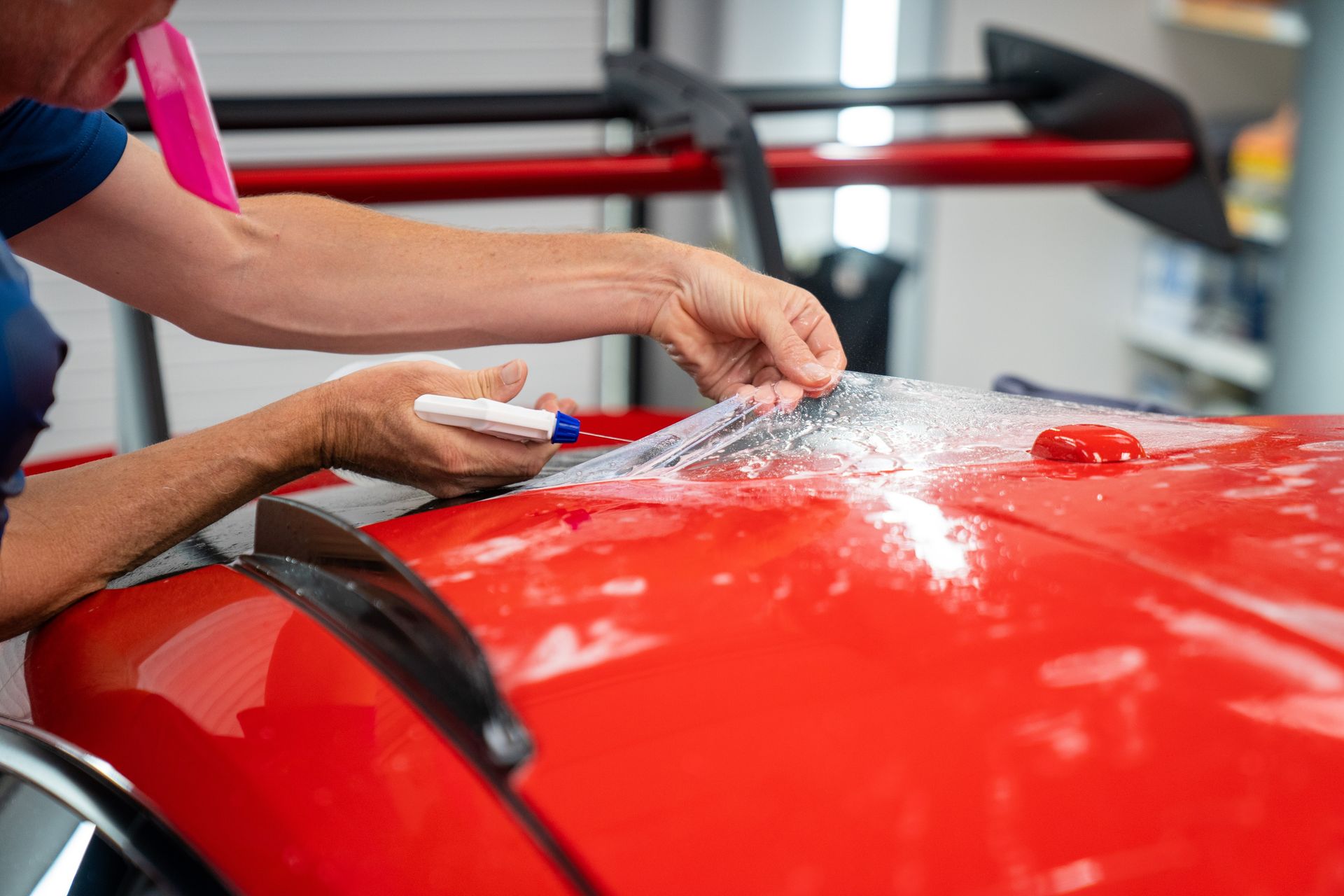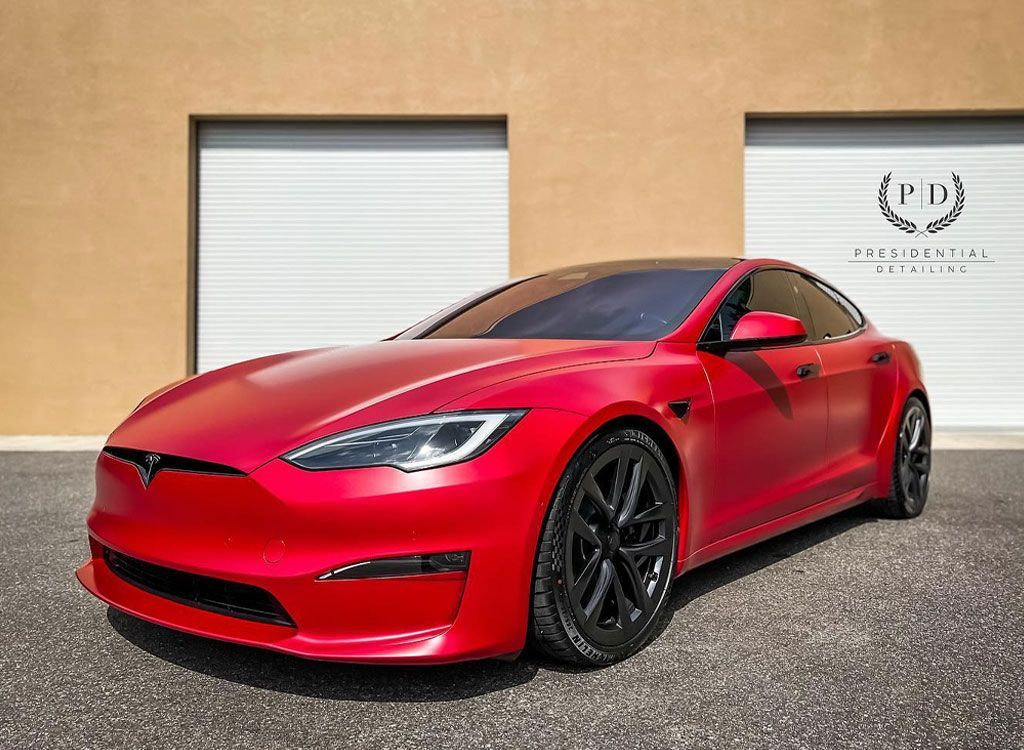Tampa Vehicle Owners Beware: The Dangers of DIY Paint Protection Film Revealed
CALL (813) 723-9679
GET A FREE ESTIMATECaution, Tampa vehicle owners! It's time to put the brakes on before letting a DIY paint protection film tutorial influence you. The risks associated with amateur applications may be more dire than you think, potentially endangering both your vehicle's aesthetic and its value. Presidential Automotive Detailing shares the pitfalls hidden behind this seemingly cost-friendly method.
Tampa vehicle owners should be aware that attempting to apply paint protection film themselves can lead to several risks, including improper installation, air bubbles, misalignment, and damage to the vehicle's paint. It is highly recommended to seek professional help to ensure proper application and maximize the effectiveness of the paint protection film.
Risks of DIY Paint Protection for Vehicles
Paint protection films (PPF) have gained popularity among vehicle owners as a means to safeguard their car's paintwork from potential damage. While professional installation is the recommended route, some individuals opt for the DIY approach to save on costs. However, it's important to be aware of the risks involved in undertaking such a task without professional expertise. One significant risk of DIY paint protection film installation is improper application. Without proper training and experience, it can be challenging to achieve seamless and uniform coverage on the vehicle's surface. This can result in visible lines, bubbles, or uneven edges that compromise the appearance and aesthetics of the car. Ultimately, the very purpose of protecting the paintwork is undermined when the film itself becomes a visual distraction.
Inadequate surface preparation poses another risk. Before applying a PPF, it is crucial to thoroughly clean and smooth out the car's surface to ensure proper adhesion. Failure to do so may result in air pockets and dirt trapped beneath the film. Not only does this detract from the appearance, but it can also lead to potential damage if dirt particles rub against the paint during routine activities such as washing or driving. Moreover, without professional knowledge on selecting the right type and quality of PPF, vehicle owners run the risk of investing in inferior products that fail to provide adequate protection. Cheap or low-quality films may not have sufficient UV resistance or durability, leading to premature degradation and yellowing over time. In essence, while attempting to save money upfront by choosing a DIY approach, one might end up with subpar protection that necessitates costly repairs or replacements in the long run.
Common Installation Mistakes
In the pursuit of saving costs or taking matters into their own hands, vehicle owners attempting to install paint protection films often fall prey to common installation mistakes. These mistakes can have a significant impact on the overall outcome and effectiveness of the protective film.
One prevalent mistake is cutting the PPF incorrectly. Precision is key when it comes to cutting the film to fit specific areas of the vehicle. Any inaccurate cuts or jagged edges can create unsightly gaps, compromising both aesthetics and protection. It requires a steady hand, attention to detail, and precise measurements to ensure a seamless and professional-looking installation. Another common mistake is insufficient stretching of the film during application. Paint protection films require proper tension during installation to conform smoothly to the curves and contours of a vehicle's body. Without adequate stretching, the film may appear stretched or distorted in certain areas, leading to an uneven appearance and reduced protection against potential damage.
Additionally, failure to properly align and position the film can result in misalignment between adjacent panels or overextending onto sensitive areas such as moldings or trims. Not only does this compromise the visual appeal of the car, but it can also make future removal or replacement of the film more challenging and time-consuming. The risks associated with inexperience and a lack of professional knowledge in DIY installations should not be overlooked. Professional installers have dedicated training and expertise, ensuring a higher likelihood of a seamless and effective application.
Effects on Car Appearance
The DIY approach to paint protection film (PPF) may initially seem like a cost-effective option for Tampa vehicle owners. However, it is crucial to understand the potential effects it can have on the overall appearance of your car. While the intention may be to enhance and protect the vehicle's aesthetics, improper installation or low-quality materials can result in unsightly outcomes. One of the most common issues with DIY paint protection film installation is visible edges and seams. When not applied correctly, the film may not adhere seamlessly to the contours of your car's surfaces, leading to noticeable lines and gaps. These imperfections can compromise the sleek and polished look you desire, diminishing the overall appearance of your vehicle.
DIY installations often lack the expertise and tools necessary to ensure a bubble-free application. Air bubbles trapped between the PPF and your car's surface can create a bumpy texture that not only detracts from its attractiveness but also affects how light reflects off the paint. This uneven reflection can make your car look dull and less vibrant than intended. Another concerning aspect of DIY PPF is clarity and longevity. Opting for lower-quality films or attempting self-installation without proper experience can lead to hazy or yellowing appearances over time. These visual distortions not only compromise the aesthetic appeal but can also reduce visibility when driving in certain lighting conditions.
Benefits of a Professional Installation in Tampa
When it comes to ensuring optimal results and maintaining your vehicle's stunning appearance, entrusting professional installers like Presidential Automotive Detailing in Tampa is highly recommended. Here are some compelling reasons why professional installation outweighs any potential advantages offered by DIY methods:
- Expertise and Experience: Professional installers possess the knowledge, skills, and experience required to properly install PPF. They understand the intricacies of different vehicle surfaces and know how to navigate challenging contours effectively. With their expertise, they can ensure a seamless and aesthetically pleasing installation that blends seamlessly with your car's original paint.
- Premium Quality Materials: Reputable professional installers use high-quality PPF materials that are specifically designed for long-lasting protection and visual clarity. These films are engineered to maintain their appearance over time, resisting hazing, yellowing, and other forms of deterioration. By utilizing top-grade products, professional installers can ensure the longevity and durability of your paint protection.
- Specialized Tools and Techniques: Professional installation involves using specialized tools and techniques not readily available to DIY enthusiasts. From heat guns to squeegees, these tools enable precise placement of the film while eliminating air bubbles and achieving an impeccable finish. The expertise in employing these techniques ensures optimal adherence to your vehicle's surfaces without compromising its appearance.
- Warranty Coverage: When you choose professional installation services, you often benefit from warranty coverage on both the film and the installation itself. This added peace of mind protects you against defects or issues that may arise over time, offering assurance that any necessary repairs or replacements will be addressed promptly by trained professionals.
By opting for professional installation in Tampa, you invest in not only superior results but also enjoy the benefits of expert care, top-grade materials, specialized tools, and warranty coverage. Protecting your vehicle's appearance is best achieved by entrusting it to professionals who can deliver exceptional results.
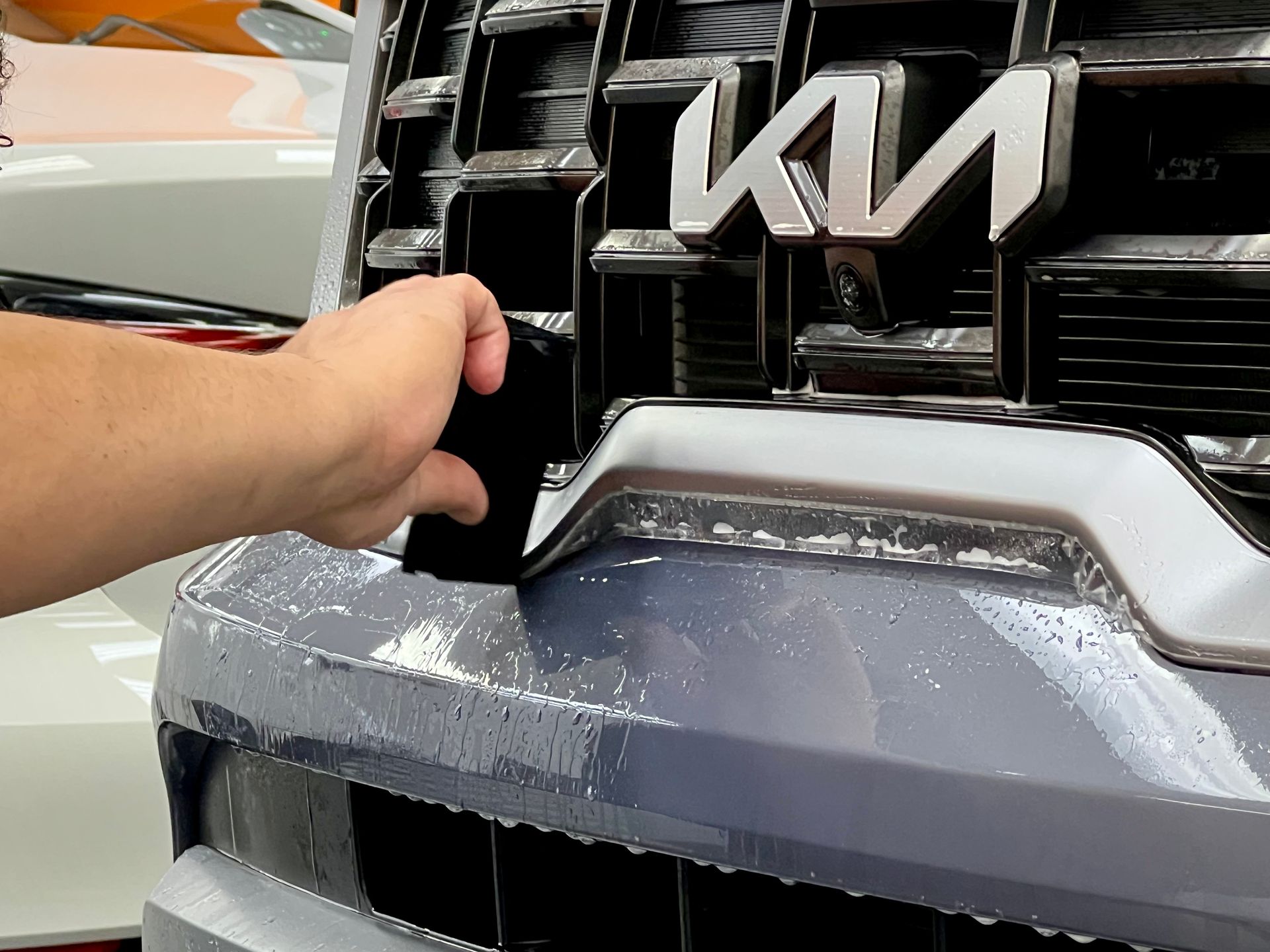
Criteria for Selecting a Professional Installer
When it comes to protecting your vehicle with paint protection film (PPF), it is crucial to select a professional installer who not only possesses the necessary skills but also meets certain criteria that ensure a job well done. Here are some important factors to consider when choosing a professional installer:
- Experience and Expertise: Look for an installer with a proven track record and experience in applying paint protection films. Ask about their training, certifications, and years of experience in the field. An experienced installer will have the knowledge and expertise to handle different types of vehicles and ensure proper installation.
- Reputation and Reviews: Research the reputation of the installer by checking online reviews, customer testimonials, and their presence on social media platforms. Positive feedback and recommendations from previous customers can provide valuable insights into the quality of their work.
- Warranty Provided. A reputable professional will stand behind their workmanship and offer a warranty that covers any defects or issues that may arise after the installation.
- Portfolio of Work: Ask to see examples of their previous work. A reliable installer like Presidential Automotive Detailing can provide you with photos or even allow you to see vehicles they have worked on in person. Assessing their attention to detail, precision, and overall quality will help you gauge their capabilities.
- Customer Service: Pay attention to how well they communicate with you during the initial consultation. A professional installer should be attentive, patient, and willing to answer any questions or concerns you may have. Good customer service indicates a commitment to providing a positive experience throughout the entire process.
- Referrals: Seek recommendations from friends, family, or automobile enthusiasts who have had paint protection film installations done before. Their firsthand experiences can be valuable in guiding you towards a trustworthy professional.
Quality Indicators of Protective Films
Selecting the right protective film is crucial to ensuring long-lasting results and effective protection for your vehicle's paintwork. Here are some quality indicators to consider when evaluating different films:
- Durability: A high-quality protective film will be durable and resistant to scratches and environmental elements like UV rays. Look for films that are known for their durability to ensure maximum protection for your vehicle's paint.
- Clarity and Transparency: The best protective films should provide excellent clarity and transparency without affecting the glossy appearance of your vehicle's paint. Inferior films may have a distorted or hazy appearance, compromising their overall aesthetic appeal.
- Self-Healing Properties: Some advanced protective films come with self-healing properties, meaning they can repair minor scratches and swirl marks automatically when exposed to heat or sunlight. This feature helps maintain the pristine look of your vehicle over time.
- Adhesive Strength: The adhesive used in the film should have strong bonding characteristics, ensuring that the film stays securely in place even under challenging conditions such as extreme weather or high-speed driving.
- Ease of Maintenance: Consider how easy it is to clean and maintain the film. High-quality films are usually resistant to stains and contaminants, allowing for hassle-free maintenance and cleaning.
XPEL paint protection films offer exceptional durability with a self-healing feature. You can learn more about Presidential Automotive Detailing’s trusted PPF brand here.
Expert PPF Installation at Presidential Automotive Detailing in Tampa, FL
Elevate your vehicle's protection with the expertise of Presidential Automotive Detailing in Tampa, FL, where we specialize in top-notch XPEL paint protection film installation. Shield your car from road debris, stone chips, and environmental elements with precision and care. Our skilled team is dedicated to delivering the highest quality service, ensuring your vehicle maintains its pristine appearance. Don't compromise on protection—experience the excellence of expert PPF installation at Presidential Automotive Detailing today!


